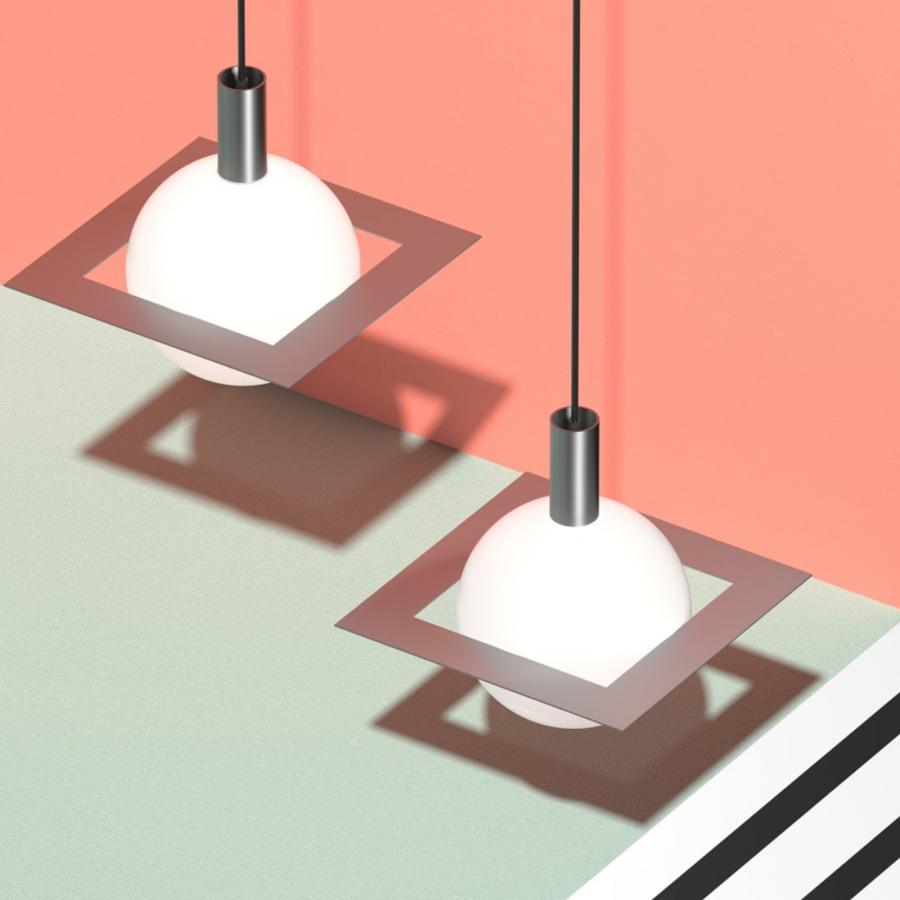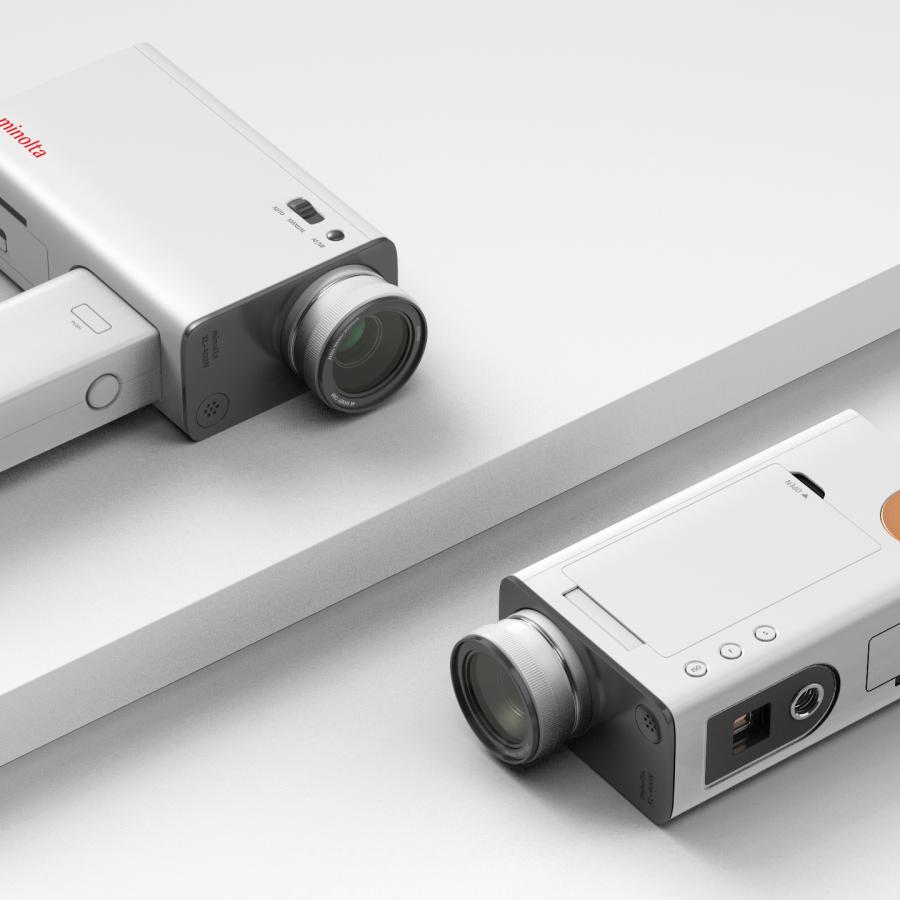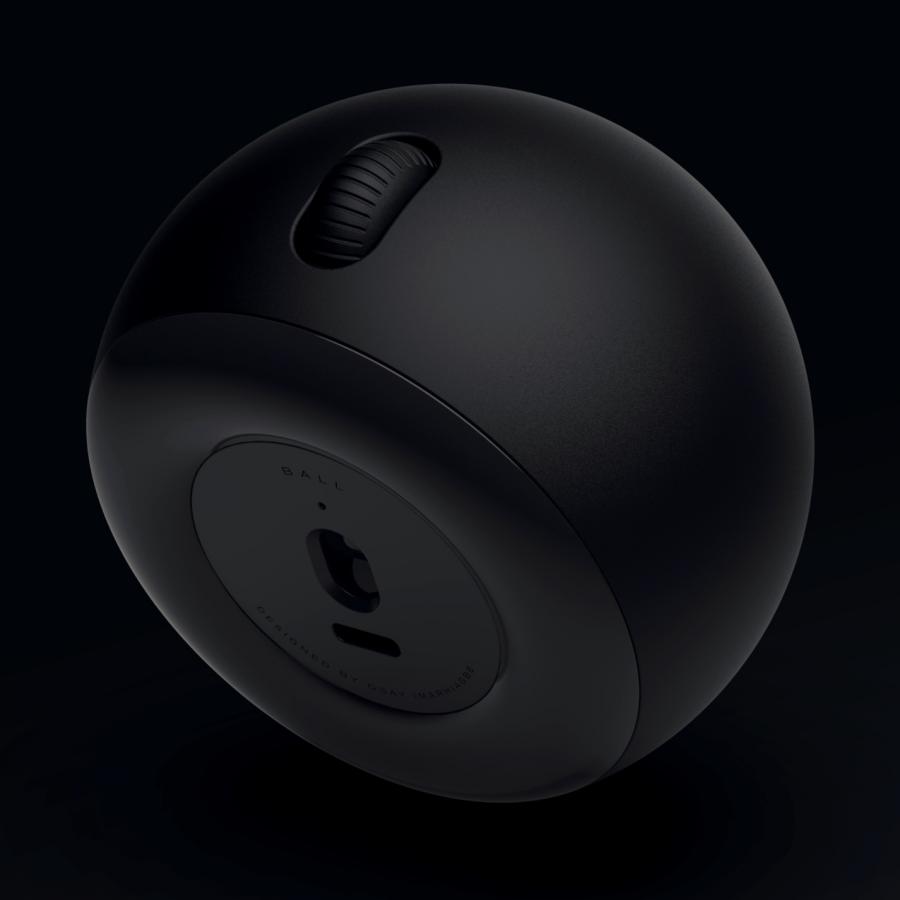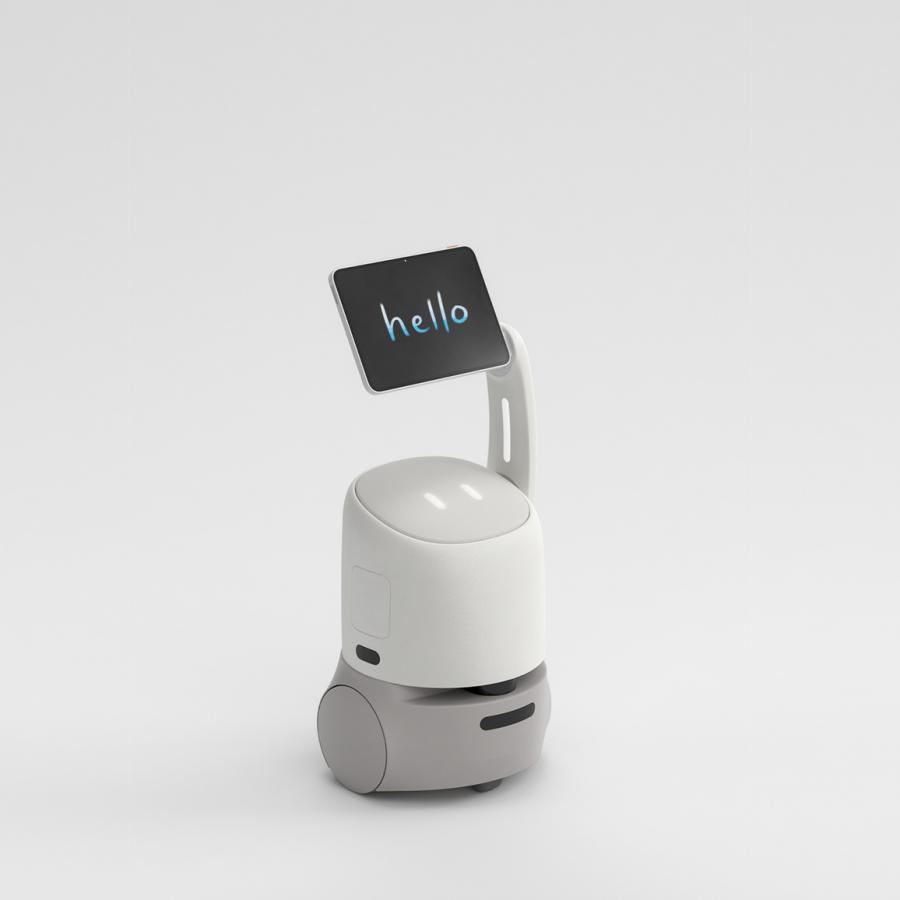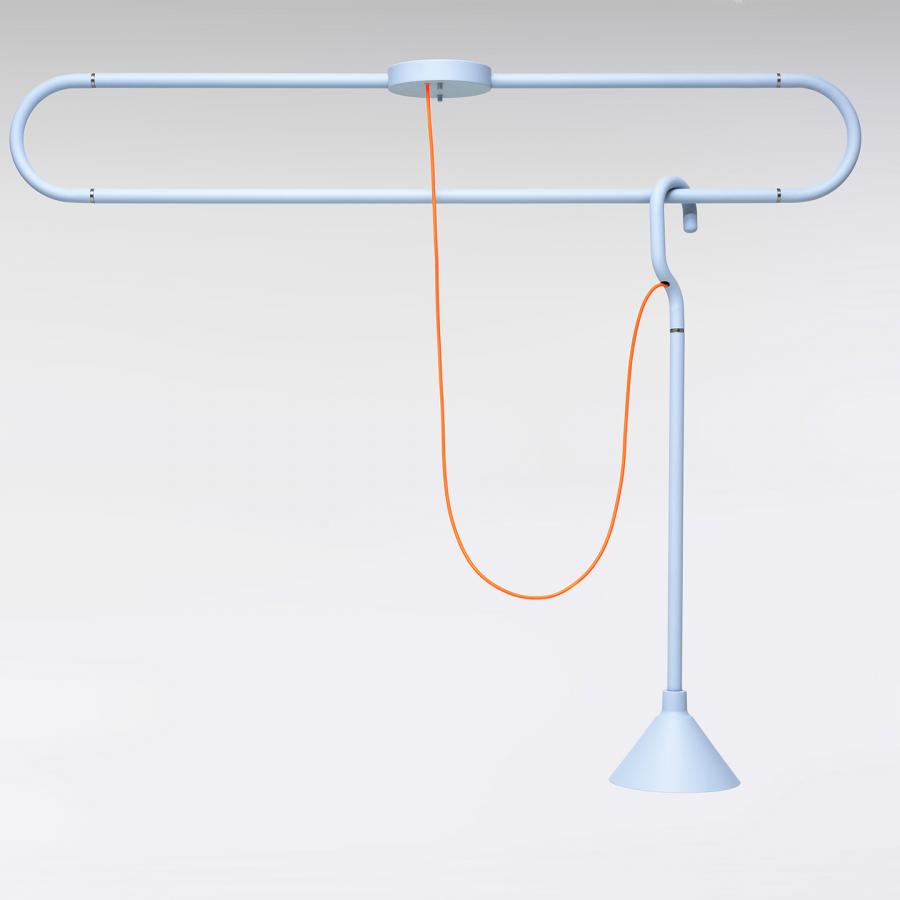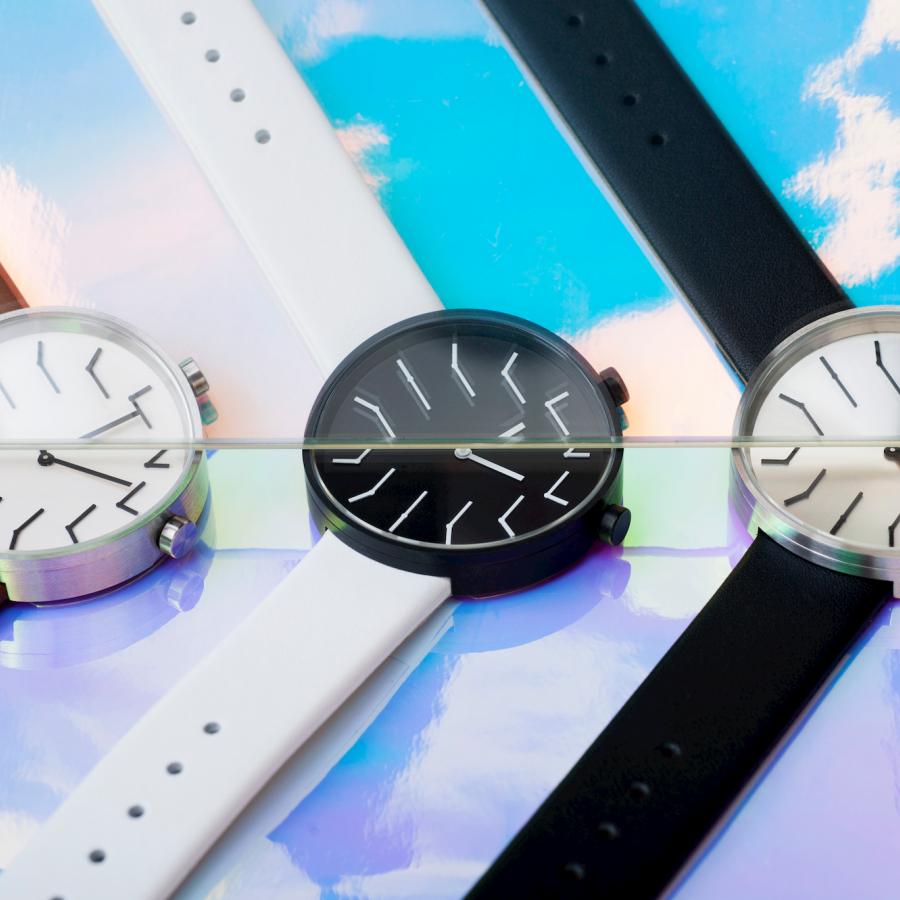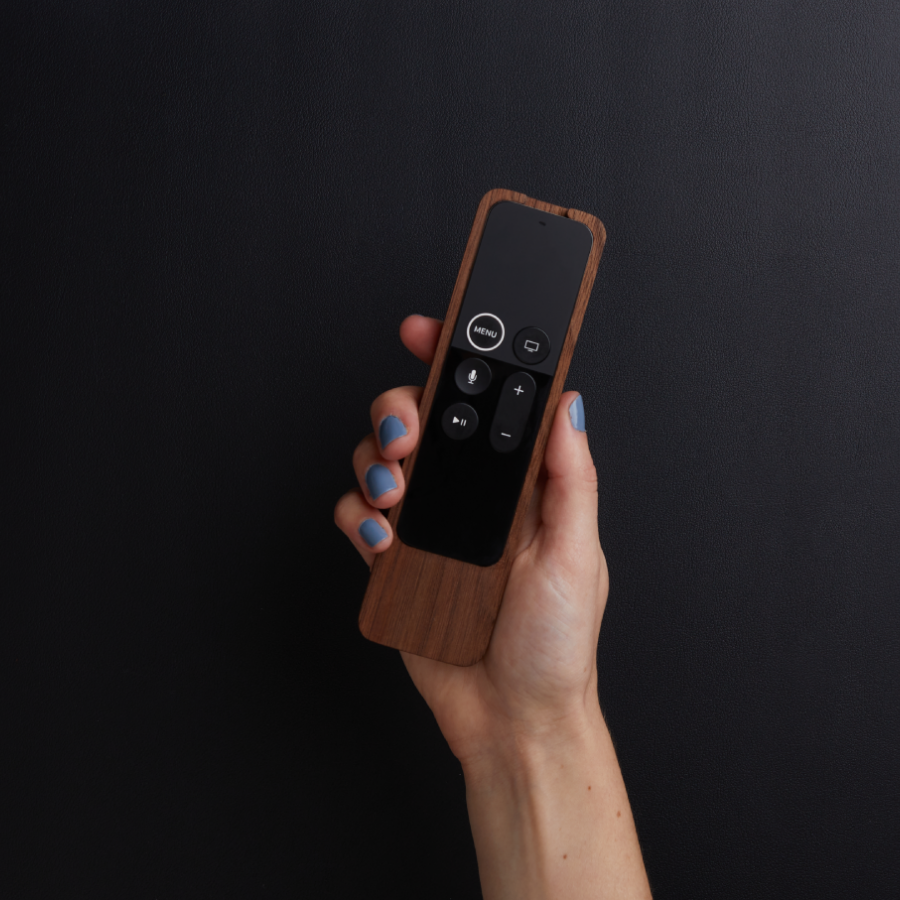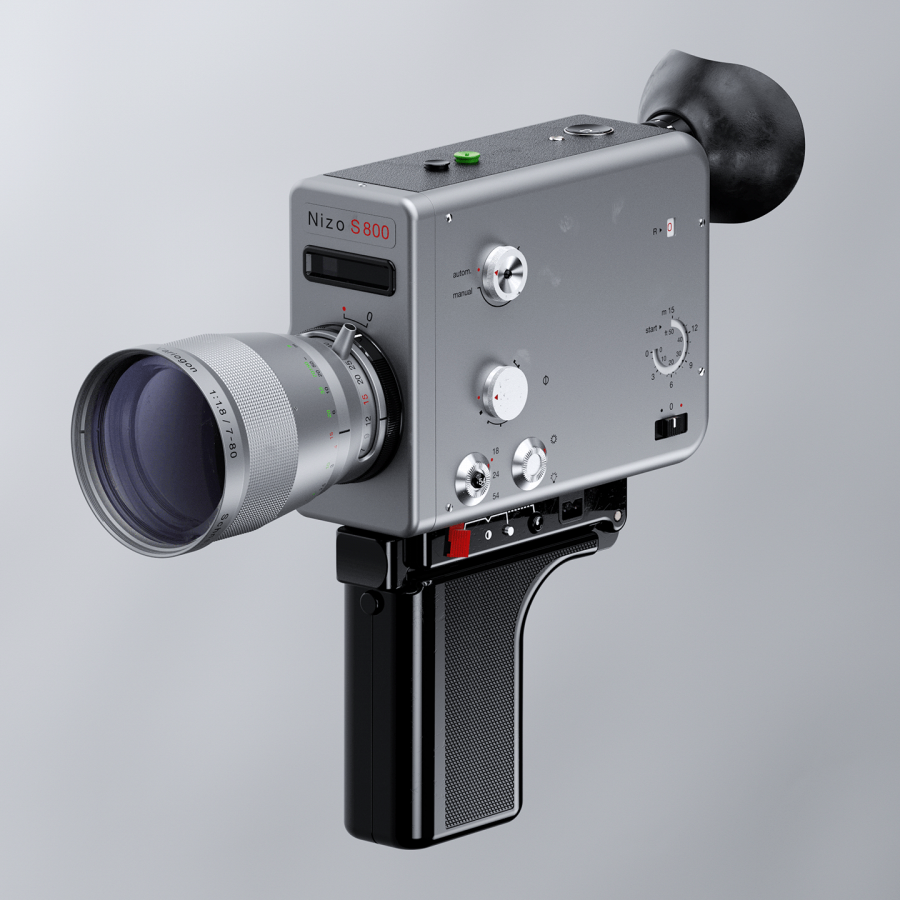by ibby
Discover the Tin Can phone, a screen-free device for kids that combines nostalgic charm with modern industrial design. It’s a tactile, safe, and simple way for children to connect with friends and family without apps or the internet.
My son is always asking me to call his friends’ parents so they can chat while building a Minecraft castle or deciding who gets which Pokémon card in a trade. And every time, it hits me: there’s no easy, screen-free way for kids to just… talk. So when I stumbled across Tin Can, it felt like someone had finally picked up the phone on a quiet request so many of us parents have been making. No screens. No apps. No dopamine loops. Just a bright, tactile, plugged-in phone—like the ones we grew up with, reimagined for a new generation.
Reclaiming the simple joy of the landline—one Tin Can at a time.
At first glance, Tin Can looks like a toy: the coiled cord, the soft-touch body, the sherbet-colored casing. But it’s absolutely real. A working phone made just for kids to use, independently and safely. No internet, no texts—just a dial tone and a direct line to a friend, sibling, or grandma.
The idea started small—just a hack to help the founders’ own kids call each other without needing a smartphone. But like all good design solutions, it spoke to a bigger need. Now, it’s catching on in households across the country.
What I love most—aside from the fact that my kid can now call his buddy without me mediating—is the branding. The visual identity is playful but considered, with a logo that plays on symmetry and negative space. “Tin” and “Can” split and stacked like a modular puzzle. And the color palettes? Think matte candy meets 90s classroom supplies. Equal parts nostalgia and now.
And then there are the design artifacts—these little details that bring the whole thing home. From the debossed logos on the handset to the precise curvature of the grip, everything feels thoughtfully crafted. Even the coiled cord isn’t just a nod to retro—it’s a sensory object, a fidget-friendly feature, a design flourish with function. The careful consideration of the industrial design makes this more than just a gadget; it makes it a product that feels good in hand, which, in a product made for small hands, is no small thing.
Tin Can isn’t trying to be revolutionary. It’s just asking a simple question: what if a phone could still be just a phone?
Turns out, that’s exactly what we needed. For more information check out https://tincan.kids/
